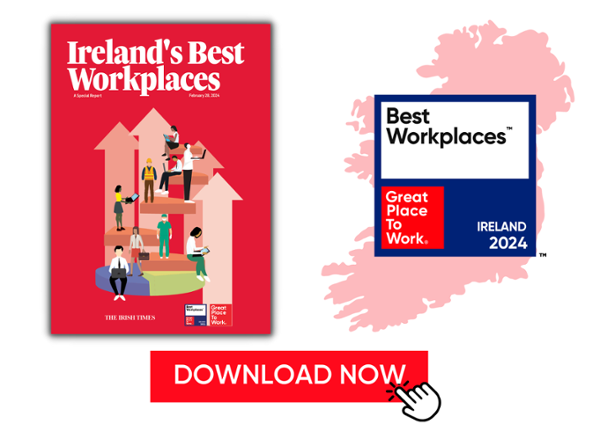Organisations thrive on innovation and those who continue to develop new ways of working and product offerings will always maintain an advantage over their competitors. How though, can organisations foster a culture that allows those innovative ideas to blossom?
To understand that, we should first look to understand how innovation as a process actually works. Amongst the related literature, three stages of innovation are highlighted, with those being the outcome, the process, and mindset.
In this article, we will expand on each area and relate it to what can be done to build a culture that facilitates innovation.
Outcome
The outcome of innovation efforts can take many different forms, with improvements to products and services often being the first to spring to mind.
However, new ideas can also be facilitated and developed with regards to production and procedures, marketing, logistics, waste, organisational culture and more. Indeed, it is common to see innovative ideas offer benefits across a wide range of areas of organisations. Across our diverse range of clients, the areas below offer a sample of beneficial outcomes typically communicated to us.
- Reduced waste production
- New product offerings
- Improved safety procedures
- Better internal communication procedures
The crucial point to consider is that innovation need not be solely confined to R&D departments and product improvements, innovation is for all.

Process
There is a range of ways through which the innovation process is facilitated amongst our clients. A particularly beneficial strategy appears to be allotting a dedicated time to develop ideas, often one day or a few hours per year, away from typical duties.
Whether working on a solution to an issue raised by the organisation or determined by the individual, the idea is then presented to leadership for review.
In smaller organisations, it is more common to see consistent upward communication utilised to facilitate idea sharing, such as one-to-ones, or a dedicated email address.
A strategy such as this invites suggestions across all areas of the business and is particularly beneficial in resolving issues only perceived by those in particular roles.
Regardless of the strategy adopted, the intention should be to encourage idea sharing and provide a space for effective, two-way communication.
Mindset
Psychological safety, as the shared belief that a reasonable degree of interpersonal risk-taking is acceptable in an environment, is what consistently enables and supports the kind of mindset from which new ideas are developed and shared.
This is where your high-trust culture becomes the primary factor. Psychological safety and trust are inseparable, and so it is cultures built on trust that are best positioned to yield the benefits of their creative employees.
Where leaders show trust for their employees, they develop a sense of self-belief, trusting their intuition to bring that idea from conception to creation.
Furthermore, in a high trust culture, ideas can be shared openly and with an understanding that feedback offered will be constructive and fair.
What’s more, before an idea can even be shared, staff must trust that the organisation is genuinely interested in receiving suggestions, as evidenced through programmes, policies, and meaningful feedback.
It is these conditions that best facilitate an innovative mindset, unlocking the creativity of your most insightful employees.
At Great Place to Work, trust is central to our model. To find out how we can help you develop trust in your organisation, get in touch with our team today.


